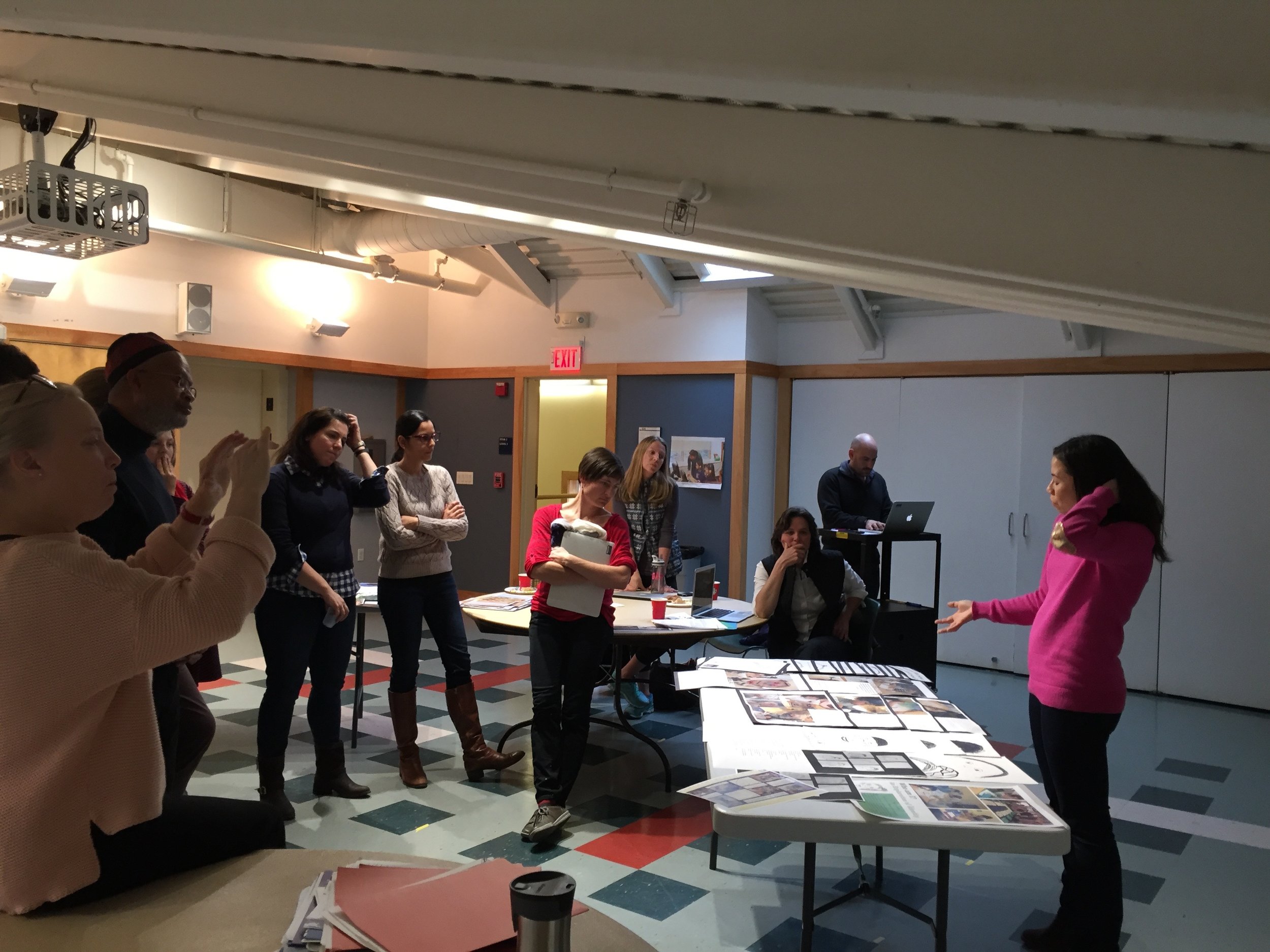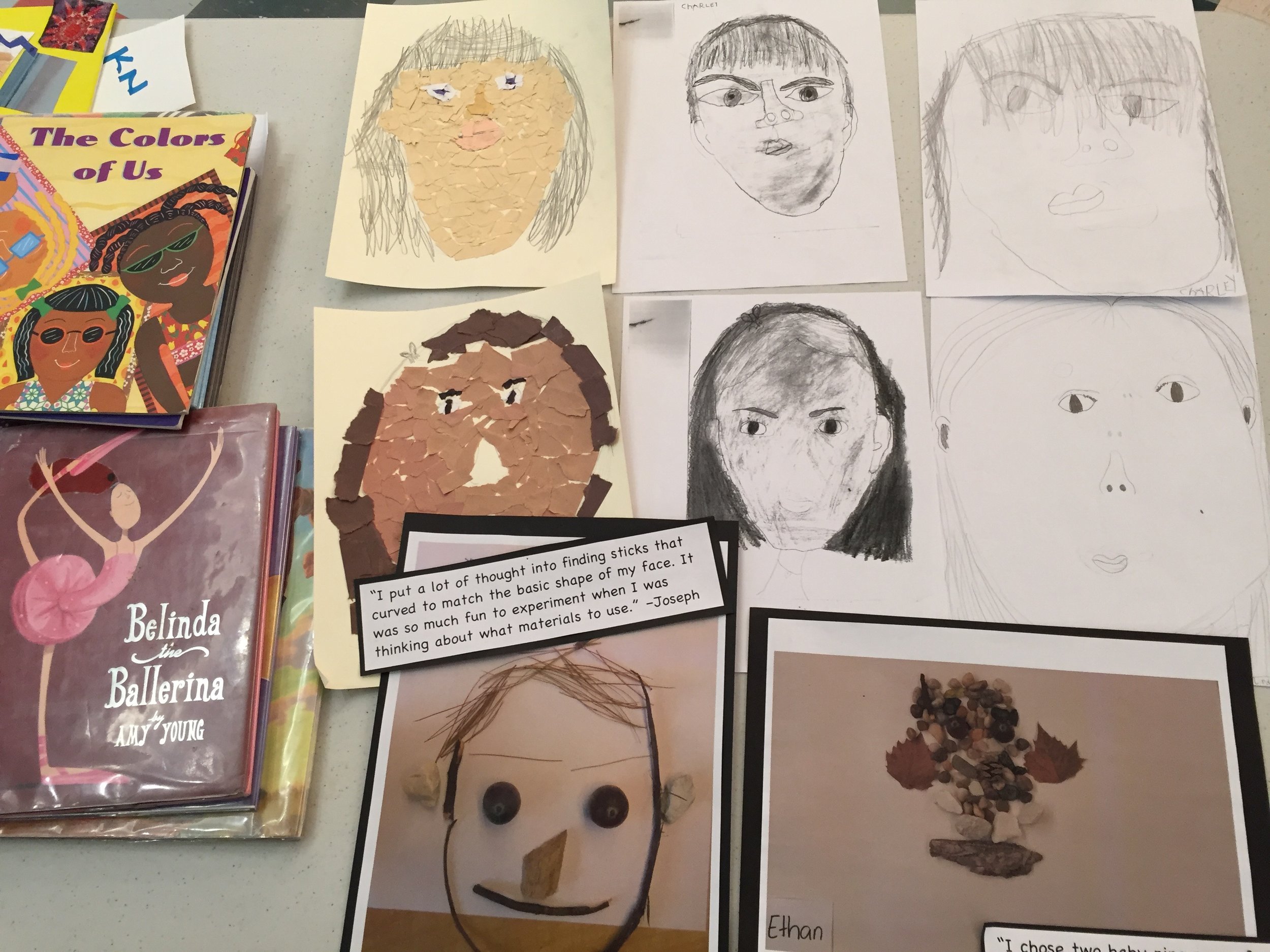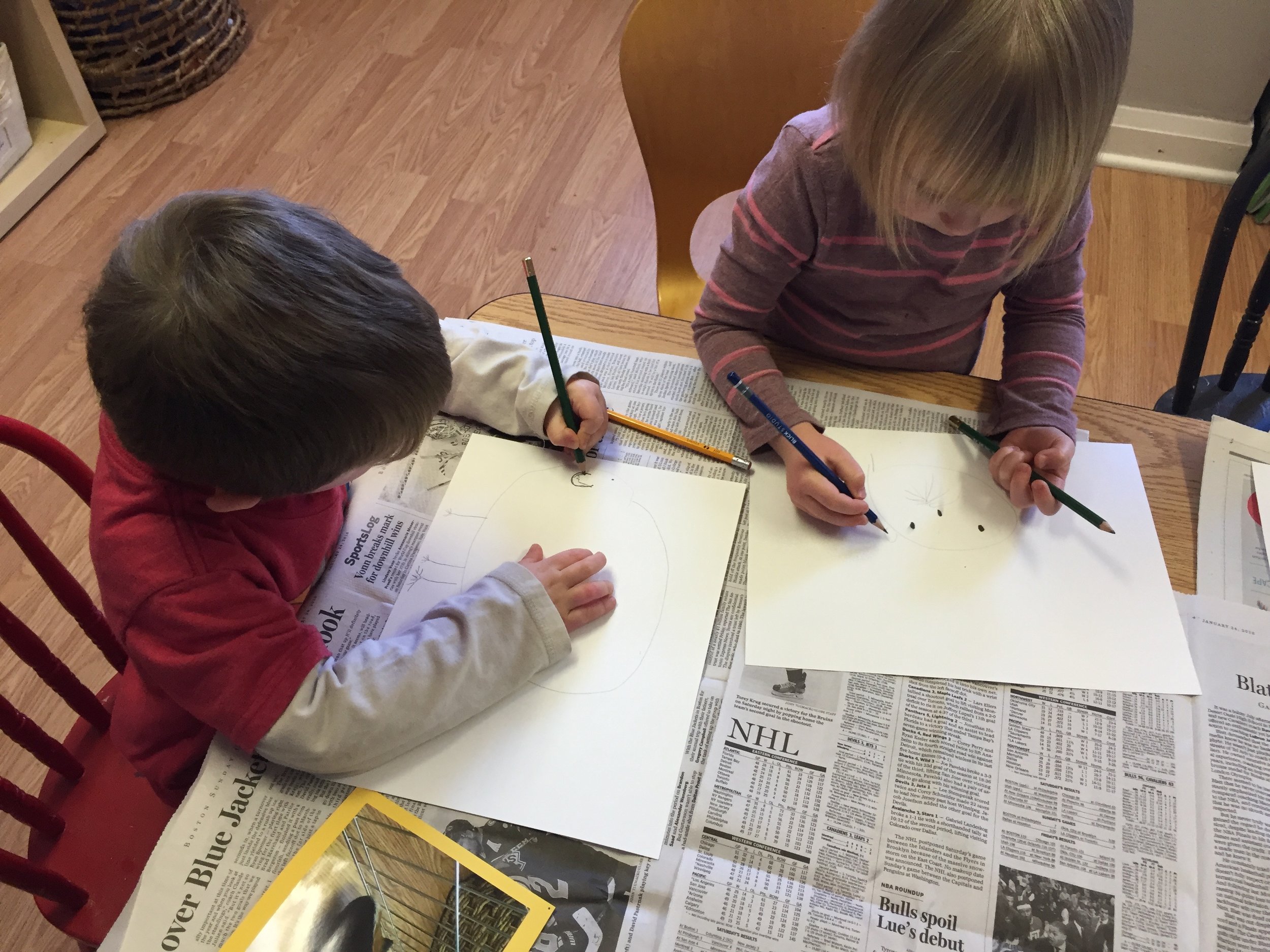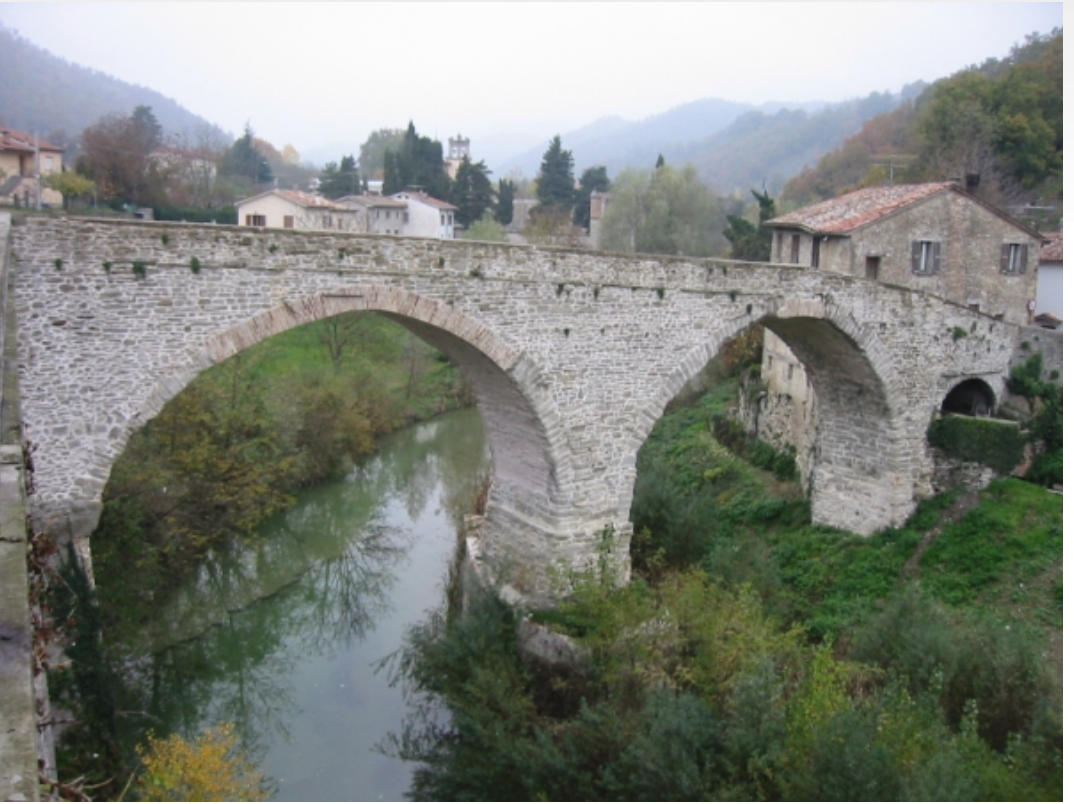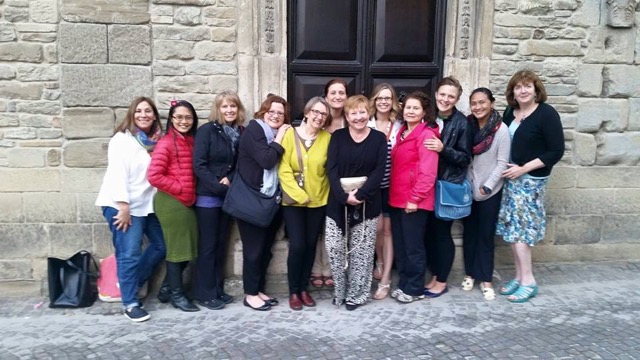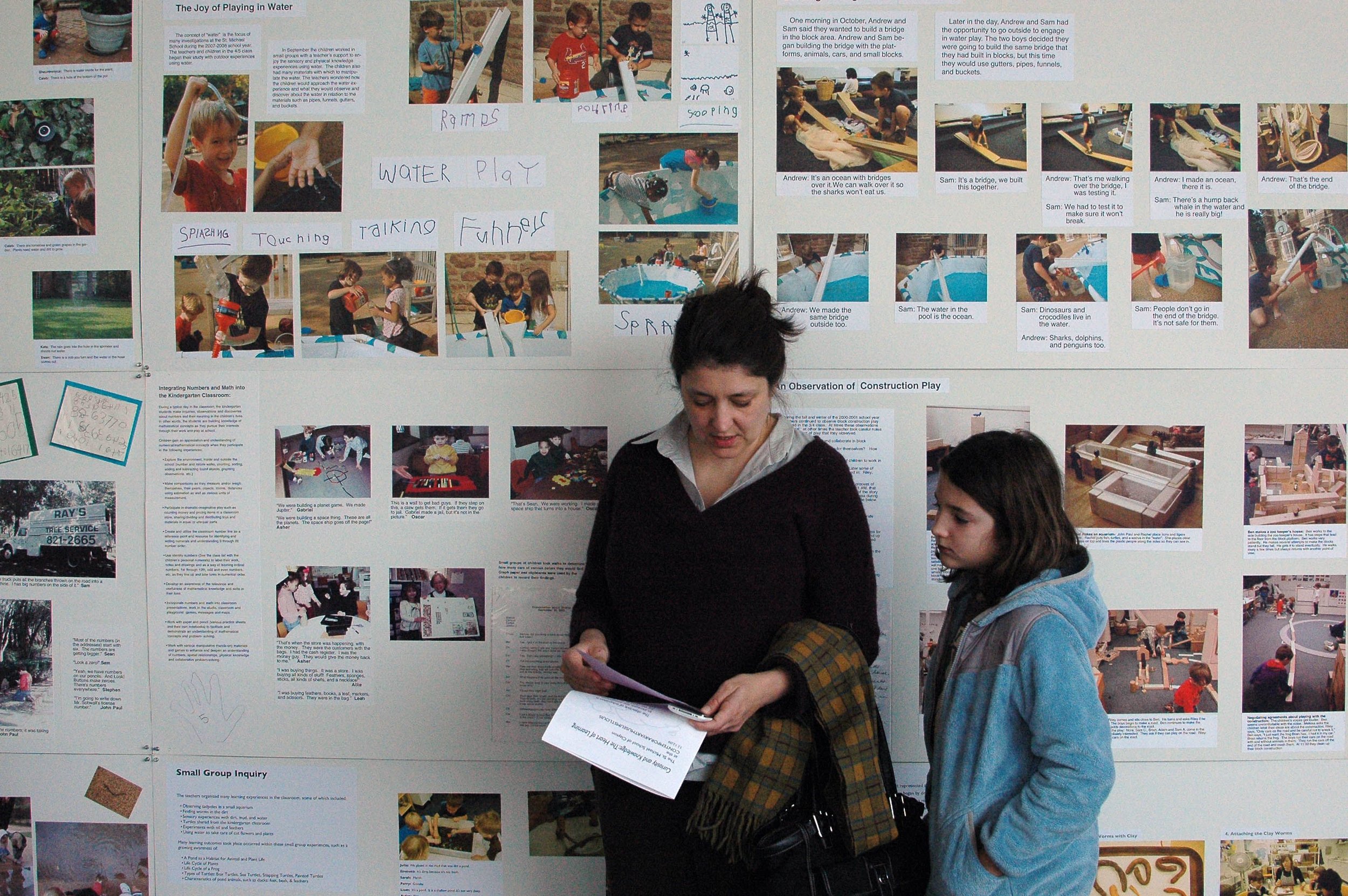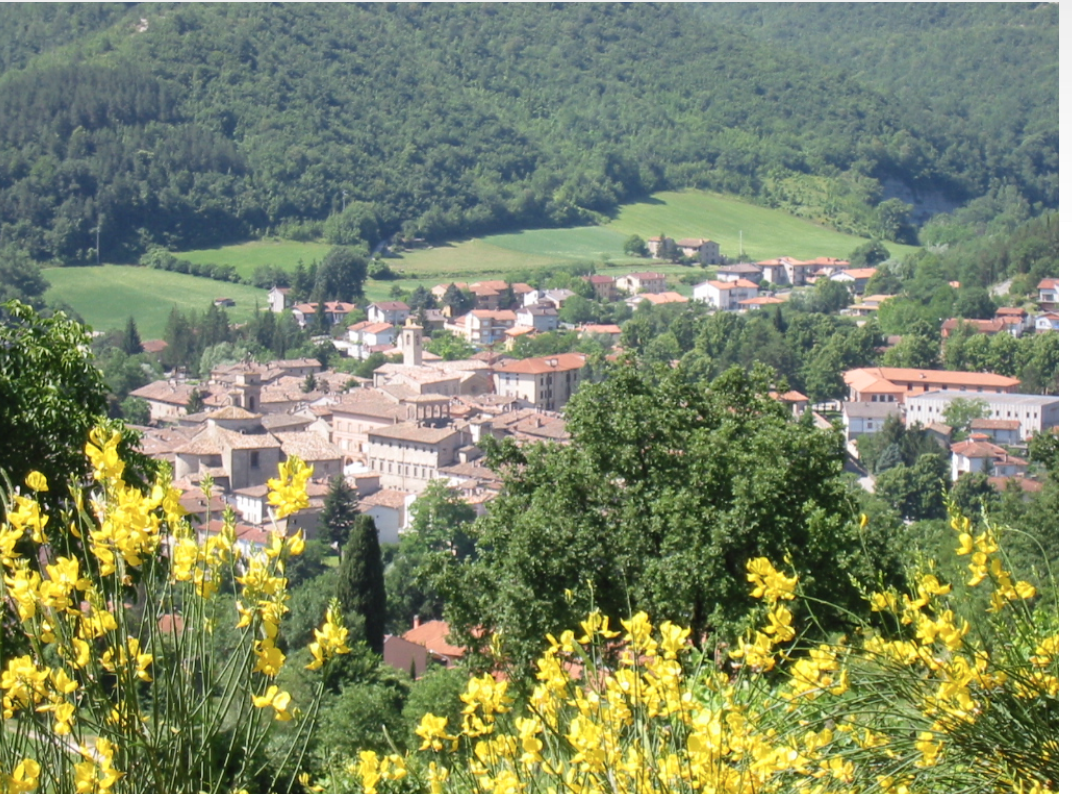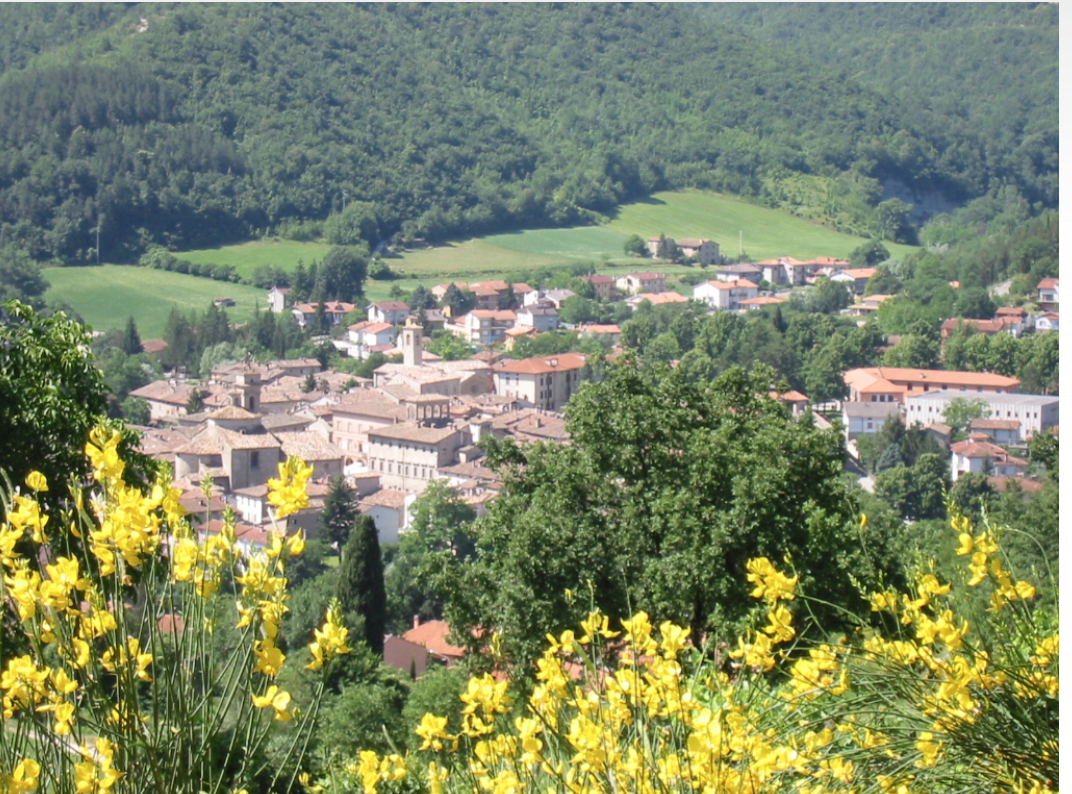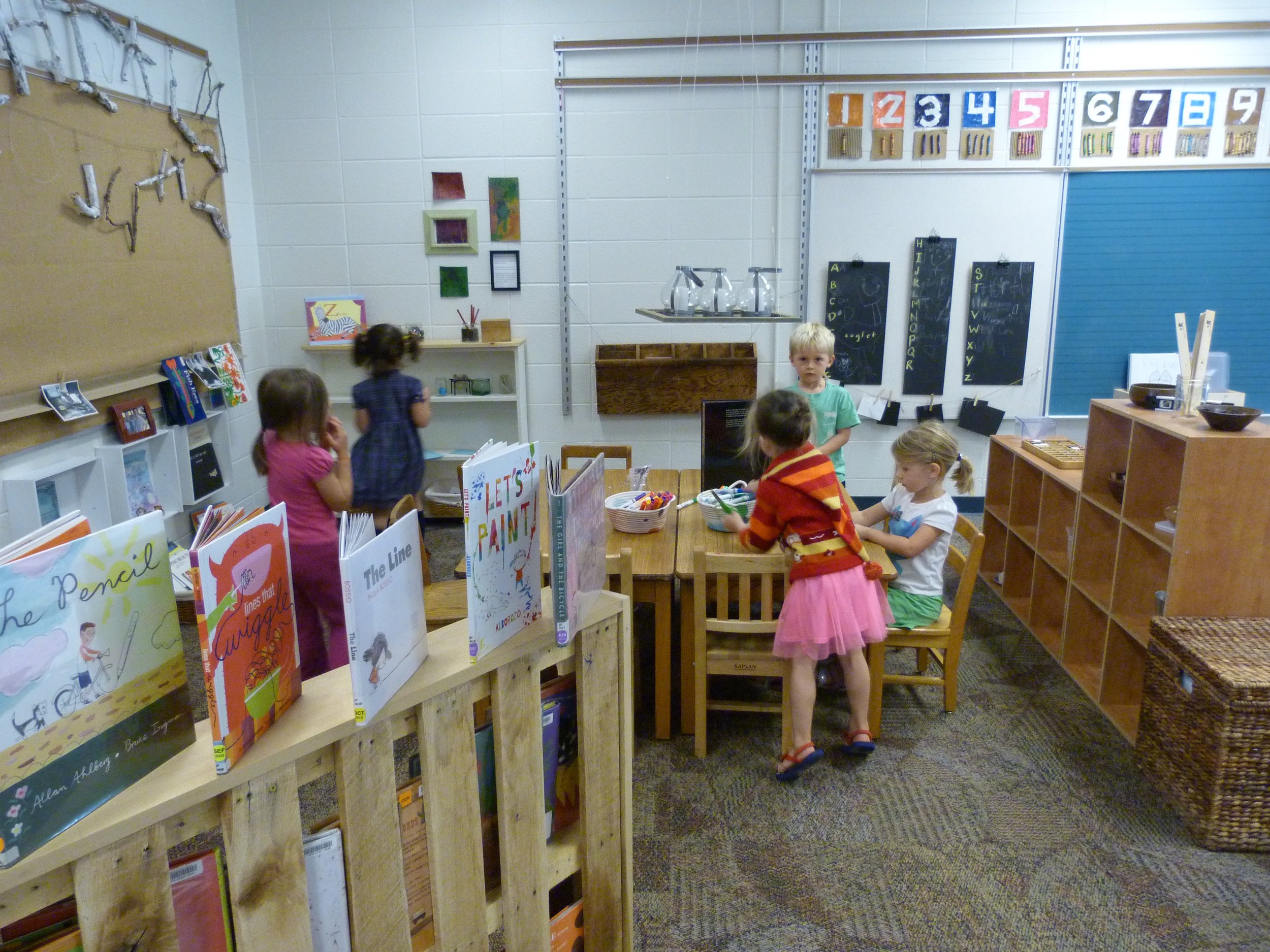 Frequently when I observe a classroom or a small group of students I become fascinated not only with the ideas that they come up with (whether with 3-4 year olds in blocks or 5th graders discussing "Matilda"), but also with their behavior, their interactions around sharing ideas.
In recent article in the New Yorker magazine, "How We Learn Fairness," author, Maria Konnikova discussed current research that provides new insight on common behaviors around sharing ideas.
Frequently when I observe a classroom or a small group of students I become fascinated not only with the ideas that they come up with (whether with 3-4 year olds in blocks or 5th graders discussing "Matilda"), but also with their behavior, their interactions around sharing ideas.
In recent article in the New Yorker magazine, "How We Learn Fairness," author, Maria Konnikova discussed current research that provides new insight on common behaviors around sharing ideas.
Two areas emerge: "disadvantageous-inequity aversion" (DI) and "advantageous-inequity aversion" (AI). To put it simply, DI is: I don’t like getting the short end of the stick; and AI is: I don’t like getting the long end of the stick either. In most cases, we humans prefer fairness. (And, NO, I’m going to draw any parallels with the current political climate in the US…though you are welcome to.)
But why is this?
As teachers and parents, there are times when we witness ruthless competition among children: I am happiest when I have the advantage. Yet, the research seems to bear out that students accept or reject offers (Here, you can have more candy…and not you….) not out of some abstract idea like “equality,” but rather from a perception of their social status. Konnikova writes, Its not about right or wrong. It’s all about me, and how do I come off in this scenario.
According to Paul Bloom DI is not about principles, it’s about status. We have a natural aversion to getting less, not inequity. The kids’ behavior isn't principled; on the contrary, it seems motivated by something very much like spite. And the message is clear: I want to emerge on top. The absolute number of candies matters less that my relative status.
Apparently, AI is also about social status. If you live in a society where ideas of fairness and equality hold a privileged position, then it becomes meaningful to show yourself as embracing those ideas, even at personal cost…status gained by being an admirable role model (Konnikova).
To add more perspective on DI and AI, research shows that DI is innate (all over the world and in the animal kingdom, getting less than others is perceived as an insult); and AI seems to be a product of social life or culture.
This suggests that AI might require certain kinds of social environments in which to thrive.
Konnikova summarizes as follows: All of these findings have something to say about why we value fairness. Our ideas about fairness are relativistic, rather than absolute. In many ways, we approach fairness as a form of social signalling. People tend not to care about equality as an abstract principle; instead, they use fairness to negotiate their place in a social hierarchy. And, for that reason, we’re especially willing to give up our unfair advantages when there’s the possibility of strengthening a future relationship.
And there’s the kicker…perhaps the key, the same key we reference in almost every aspect of our work with teachers…it’s about relationships. Study after study showed that, When participants…became more invested in their relationships…they gave up more to nourish and maintain them (Konnikova).
Yes, you can teach fairness, and it begins with growing relationships…awareness of others…honoring other.
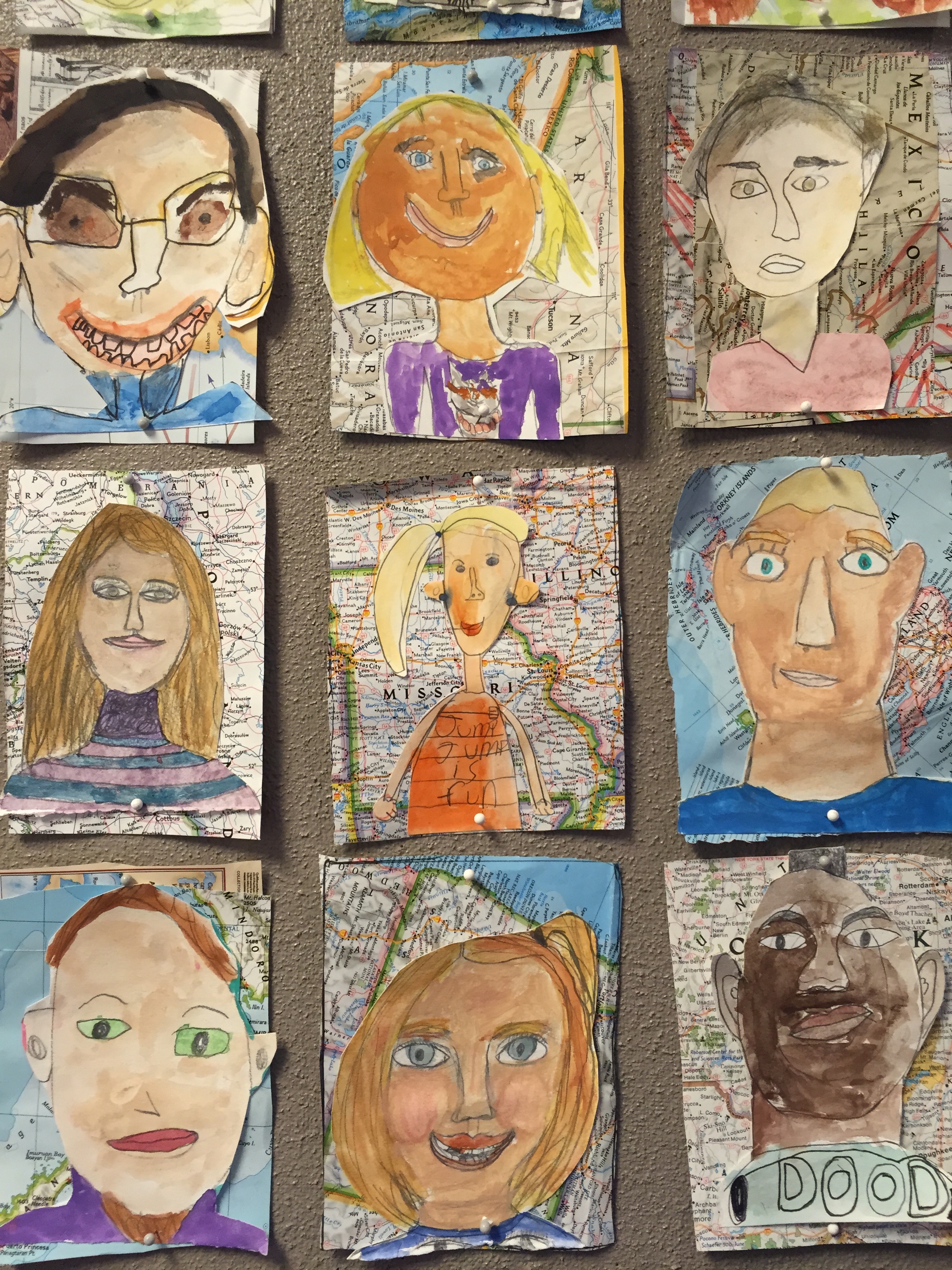


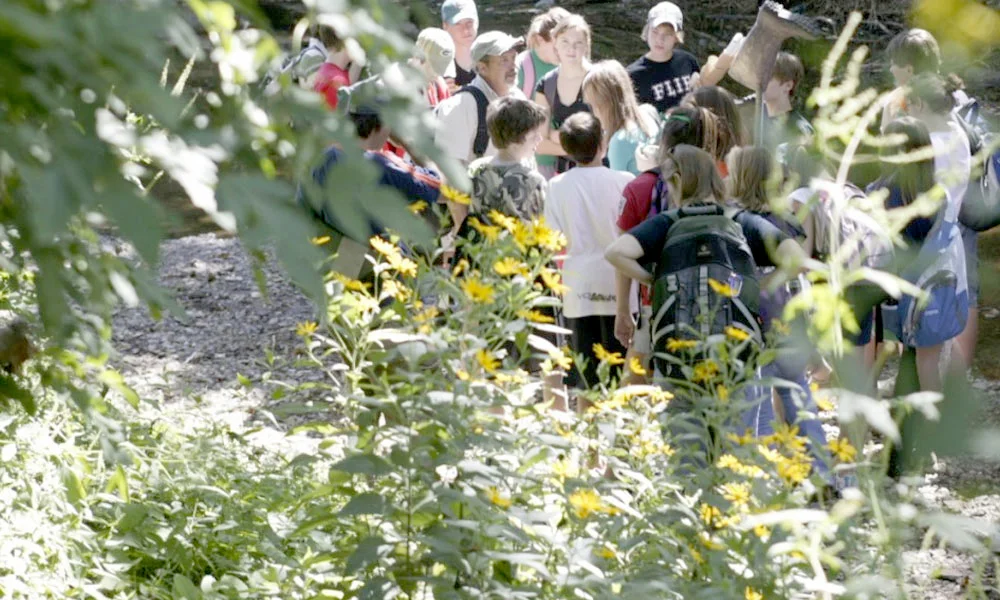


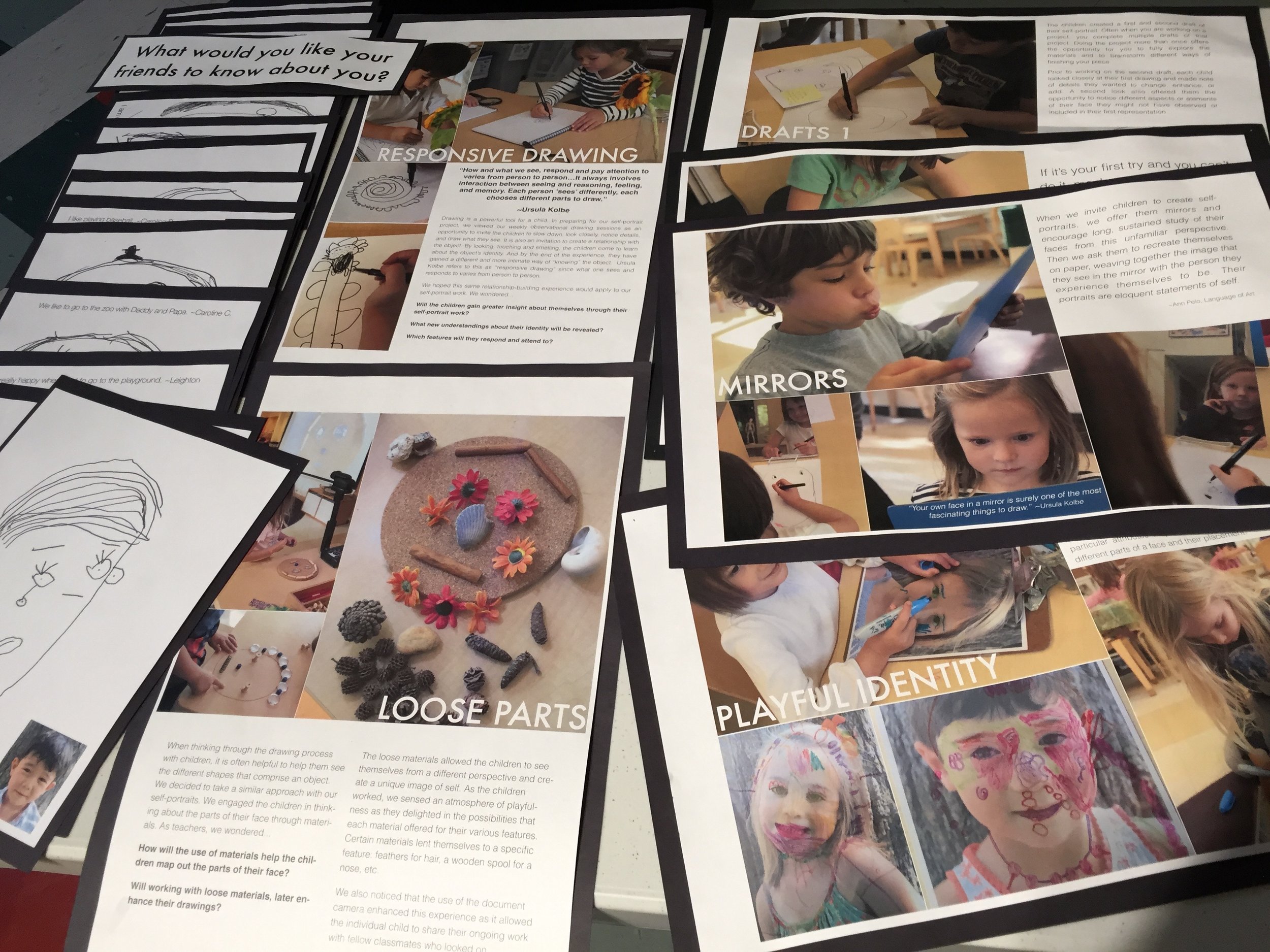 It has been a good week in Boston. On Monday Ashley and I worked at
It has been a good week in Boston. On Monday Ashley and I worked at 